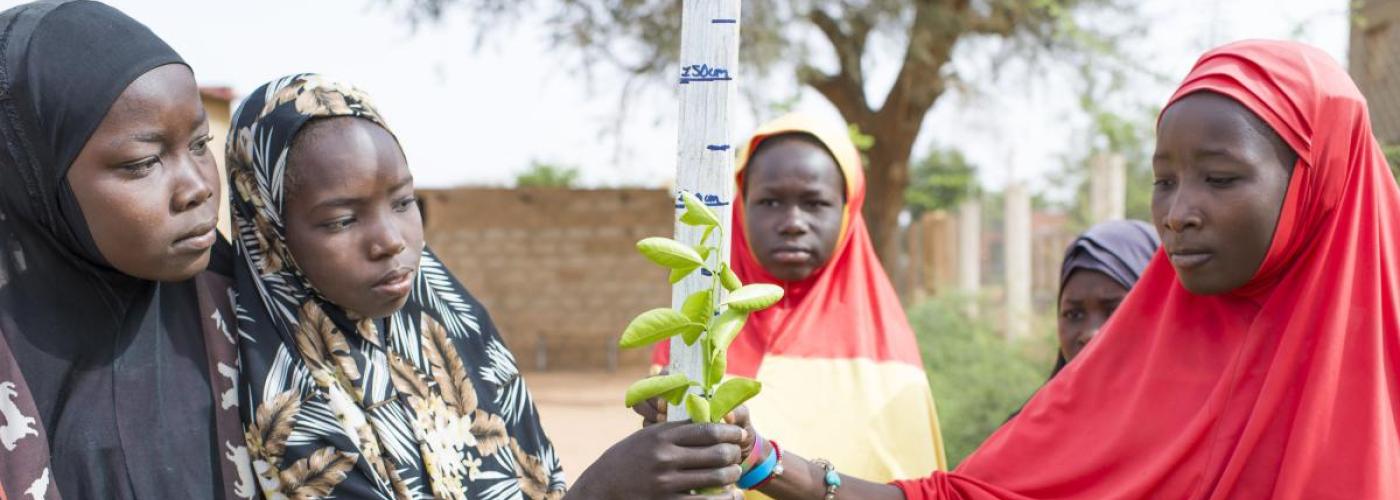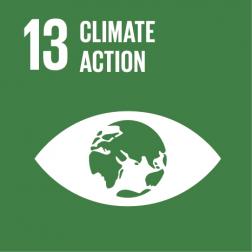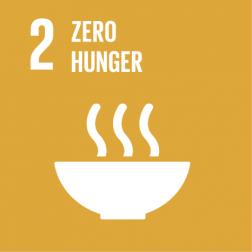The Sahel – which includes countries such as Mali and Niger – is regularly in the news because of its political instability. At the same time, it is a region severely affected by drought and desertification. Climate change is already hitting that area hard. Yet the poverty-stricken population there often has no choice but to adopt unsustainable agricultural practices, resulting in a progressive deterioration of the region's soils and thereby creating a vicious circle!
A Great Green Wall
To halt the spectre of a mercilessly expanding Sahara desert, the African Union decided in 2007 to build a ‘Great Green Wall’ – the reforestation of a strip 15 km wide and some 8,000 km long – from the west coast of Africa in Senegal to its east coast in Djibouti and Ethiopia.
Since then, however, the countries involved already moved away from the idea of merely planting trees en masse on 100 million hectares of land. Today, the emphasis lies upon setting up systems that will enable the population to earn a living without degrading the environment. In other words, the intention is now to develop the area into a mosaic of systems of ‘resilient and sustainable land use’ that can cope with climate extremes more effectively.
Belgium is playing its part
Estimates vary, but overall, about 15% of the Green Wall is thought to have been achieved, so there is still a lot of work to be done if it is to be ready by 2030! Belgium is already putting its shoulders behind the initiative. Organisations such as the APEFE and Entrepreneurs Without Borders already made some noteworthy contributions. In 2020, Belgium's then-Development Minister Meryame Kitir decided to kick it up a notch, by mobilising a sum of 50 million euros for a period of 5 years (2022-2026). Her goal: to increase the resilience of vulnerable populations and combat desertification in 4 of Belgium's partner countries in the Sahel – Burkina Faso, Niger, Mali and Senegal.
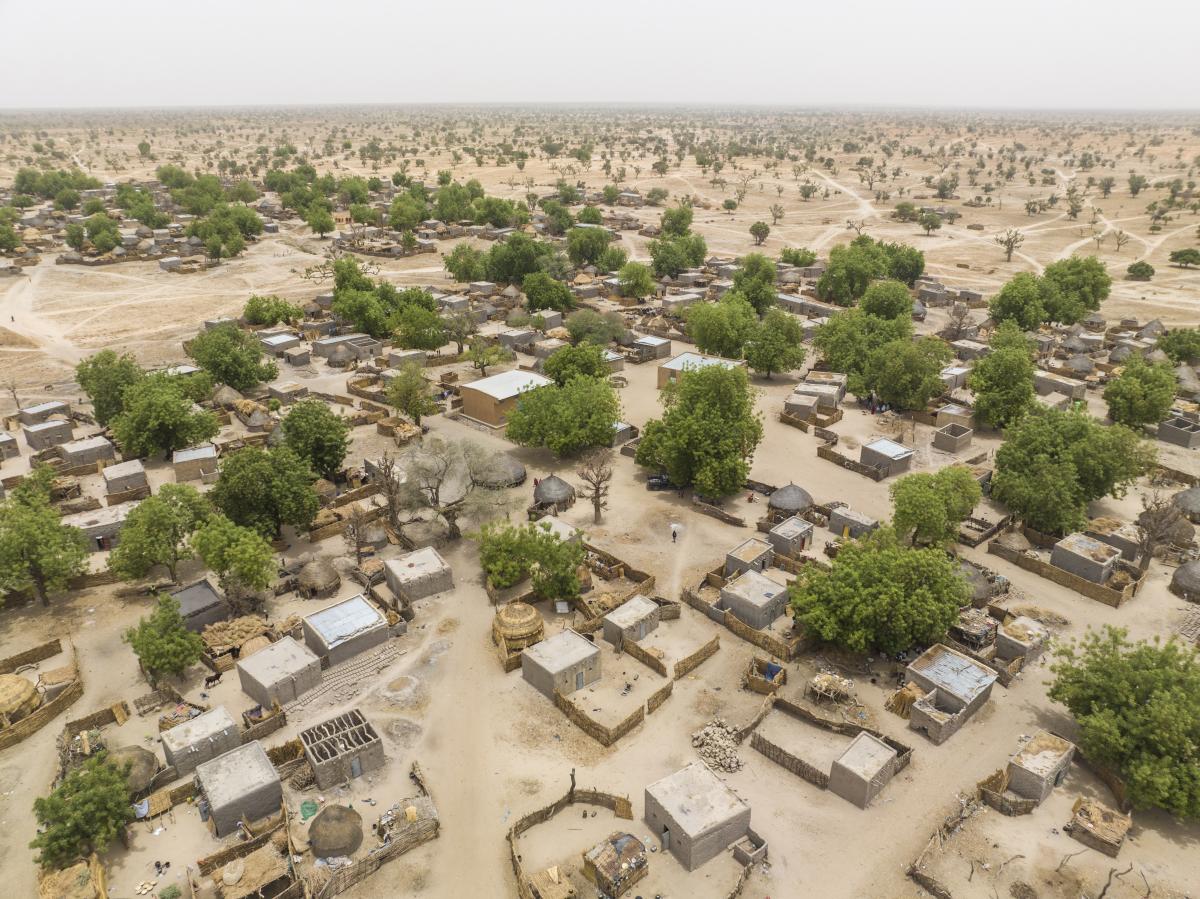
40,000 hectares, 650.000 people
Meanwhile, the programme has already been up and running for a year. In that time, the Belgian Development Agency Enabel has laid a solid foundation that will enable smooth and steady progress to be made in the years to come. Before that foundation could be put in place, a great deal of initial study was required, amongst other things in order to determine the specific needs that existed. The organisation also selected 18, mostly local, NGOs and businesses that will help implement the activities.
To increase the chances of success, Enabel selected areas where it is already active and therefore already knows the context well. What is more, this also provides synergies with other projects. The agency selected a well-defined number of municipalities in the 4 countries where the climate programme will take place. In that way, it hopes to restore 10,000 hectares of land per participating country – that is, 40,000 hectares in total – and to improve the living conditions of 650,000 people.
A holistic approach
It makes no sense to rush into things and proceed too quickly. Only a holistic approach that takes various aspects into account will be able to bear fruit. The aim of the climate programme is to restore degraded land. The areas involved are completely barren or severely impoverished lands where farming is hardly possible. In those areas, the soil can now only absorb water with great difficulty. That is why it needs to be broken up and grasses, trees or shrubs can be planted there.
But the restoration of degraded soils cannot be viewed separately from the need to manage water sources more effectively. Current agricultural practices are leading to the depletion of the already scarce supply of water, and climate change is now heaping more problems on top of that. In order not to degrade more land, the people in those areas will need to use water and soil in a more sustainable way. One of the ways they can do this is by collecting more rainwater and by utilising it as effectively as possible. Small dams can also be constructed to water livestock or irrigate fields, or wells can be drilled in order to utilise the water that exists underground. To improve water management, Enabel is collaborating with the agencies of the various river basins and with management committees that include local people among their members.
To use water and soil in a more sustainable way, Enabel sees particular benefit in agroecological techniques: agricultural practices that do not purely focus on productivity but also consider the ecological sustainability of the whole. Social and economic aspects are also not forgotten. One example of this is the combination of agriculture with trees that will provide additional income (agroforestry). Cattle-breeding and agriculture can also be integrated, as the animals will increase the fertility of the land. The sale of meat or milk then provides additional income. Agroecological techniques not only strengthen farmers' resilience, but they also stabilise agricultural production.
Enabel is also taking care to ensure that all of its initiatives are based upon existing sustainable practices as much as possible. For example, long, winding stone walls can be built on slopes and will therefore hold back rapidly draining water and help prevent erosion. Crescent walls can hold back rainwater and fertile sediment. A tree that is planted there will therefore have a much better chance of surviving.
It must also be clear precisely who owns the land or is allowed to use it. All too often, conflicts arise, for example, because itinerant herders graze their cattle on land that a sedentary farmer wants to farm. Does the restored land serve only to support biodiversity or can it also be utilised by farmers and/or cattle-breeders? Such matters need to be clarified unambiguously and once and for all. After all, a farmer will not fully invest in his land until he has a clear awareness of his rights to the land.
The circumstances and conditions are constantly changing. That is why research is also needed to respond to this in a timely manner and adjust practices if necessary. Civil society also plays an important role. It represents the voice of the community and should hold governments accountable. Last year, as part of the climate programme, 8 young climate activists from the Sahel were able to participate in the climate summit in Sharm-el-Sheikh.
Young people and women receive particular attention within the climate programme. The projects implemented by the selected NGOs therefore invariably include a section devoted to economic opportunities for women and young people. They are often closely involved in the restoration of degraded land. After all, such land is useless and is not claimed by anyone. If women and young people participate in its revalorisation, they can help decide on the future use of those restored lands.
It also goes without saying that ‘capacity building’ in the form of training and support also forms an indispensable part of the climate programme. On a local level, this involves introducing good practices in the use of water and soil, while on a regional level, the emphasis mostly lies upon policy formulation. Finally, national governments receive support so they can properly monitor their nationally determined contributions (NDCs). These are the contributions towards the effort to combat climate change that they promised to make under the Paris climate agreement.
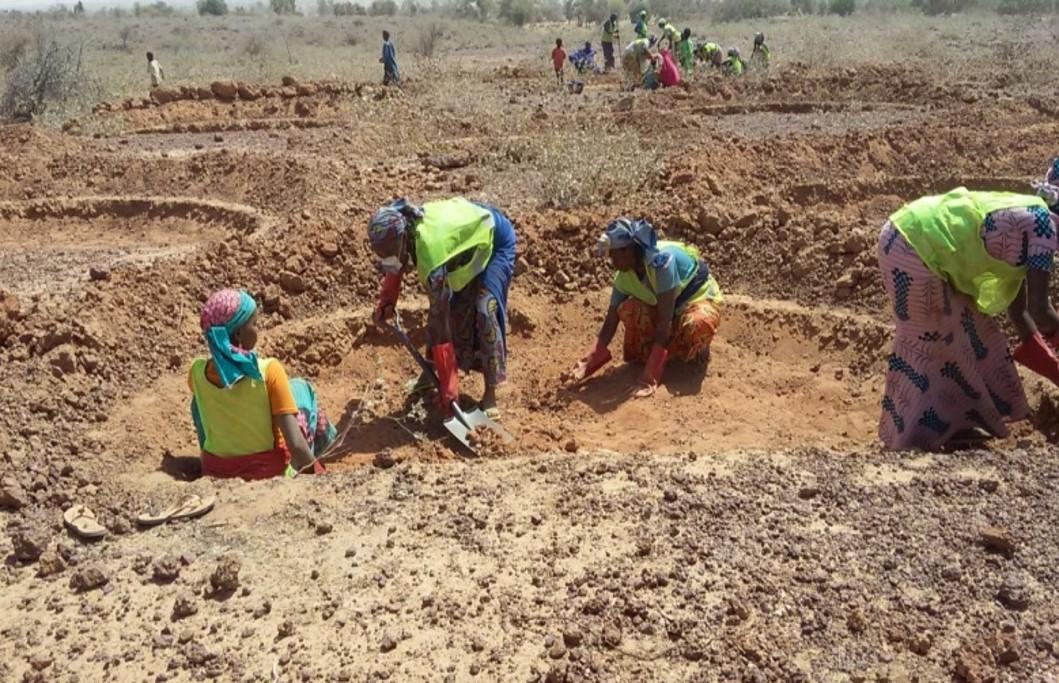
Non-timber forest products
One year down the line, Enabel has not only laid a solid foundation, but has already managed to achieve some concrete results. For example, an NGO has already started revalorising non-timber forest products in 3 municipalities in Burkina Faso: fruits, leaves, honey, resins... The shea tree, for example, has many uses. Women learn to process the products into wine, jam, powder and so on.
A tool was also distributed that provides itinerant herders with valuable information via their smartphones. That information includes good feeding areas, the availability of water and safety levels. The tool itself was one of the achievements of wehubit, an Enabel programme that uses digitalisation to boost sustainable development. This is yet another example of how Enabel looks for synergies as much as possible.
An unstable region
The question remains: how is it possible to work in a region that is so notoriously politically unstable and insecure? It is clear that in countries such as Mali, Niger and Burkina Faso we cannot continue to pretend that nothing has happened. Since development cooperation has different modalities within which it can work, we will always look at the level (local, central or regional) that is best suited for this in these circumstances. At the same time, we do not want to abandon the population. This requires some adaptation but it is not insurmountable. In addition, Enabel always takes the necessary security measures.
It also works very closely with beneficiaries in the field at all times. Local people play a key role in the implementation of the projects and have a major stake in them. This is a huge advantage. Also for the current climate programme, it has been found that the people are very positive, and that positivity will only grow as they notice that more tillable land is becoming available and that their incomes are rising.
Despite the many challenges facing the region, Enabel is positive about the programme, moving forward. In principle, the programme will run until 2026 but in reality, it has a horizon of at least 10 to 15 years. After all, restoring land and planting trees actually take a long time before their full impact unfolds. We are already looking forward to putting in place yet another piece that will make up the Great Green Wall.


